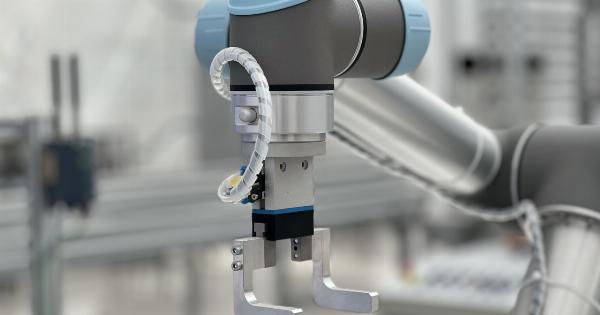For decades, total hip arthroplasty (THA) has been one of the most successful and common surgeries conducted worldwide. It is a procedure that aims to replace damaged or diseased hip joints with prosthetic joint devices.
Why is THA necessary?
THA is necessary for people who experience hip joint damage caused by conditions like arthritis, hip fractures, and other hereditary disorders.
Such conditions could lead to excruciating pain, stiffness, or deformity that could significantly affect the patient’s mobility and quality of life.
What is the traditional THA procedure?
The traditional THA procedure is an invasive surgery that involves making a large incision, approximately 10-12 inches, on the side of the hip. The surgeon then detaches the muscles and other soft tissues to access the hip joint.
The damaged bones and cartilage are removed, and the prosthetic joint device is attached to the remaining bone with cement or special coatings. The incision is then sewn back together after the surgeon reattaches the muscles and soft tissues.
What are the limitations of traditional THA?
The traditional THA procedure has significant limitations and potential risks. For instance, the large incision can lead to significant blood loss, scarring, and require longer recovery times.
The detachment of muscles and tissues could lead to longer hospital stays, wound complications, and postoperative pain, which can affect the patient’s mobility and rehabilitation.
: Groundbreaking THA procedure
Recent medical advancements have revolutionized the way hip arthroplasty is performed.
The direct anterior approach to THA is a less-invasive surgical technique that allows the surgeon to access the hip joint without detaching muscles or tissues, reducing the risk of wound complications. Unlike traditional THA, which requires patients to limit their movements for weeks or even months, the direct anterior approach allows patients to walk immediately after surgery and begin their rehabilitation soon after the surgery.
: The benefits of the direct anterior approach
The direct anterior approach has several benefits over the traditional THA procedure. Some of these benefits include:.
: 1. Reduced hospital stay
The direct anterior approach THA procedure typically requires a shorter hospital stay compared to traditional THA methods. Most patients are discharged within one to three days after the surgery, depending on their condition.
: 2. Faster recovery time
Patients undergoing the direct anterior approach THA procedure can walk immediately after surgery. This allows for faster recovery time and a quicker return to regular activities, reducing the need for extended physical therapy or rehabilitation.
: 3. Reduced pain and faster restoration of function
The direct anterior approach THA procedure aims to preserve the hip’s natural muscles and tendons, reducing the postoperative pain and enhancing the hip’s restoration of function.
This means patients can resume their daily activities sooner and with minimal interference with their mobility or range of motion.
: 4. Fewer complications
The direct anterior approach THA procedure reduces the risk of complications associated with traditional surgery, such as infection and blood loss. This is because the incision is smaller, and there is less tissue and muscle damage.
: Conclusion
Total hip arthroplasty has come a long way in the last few years. The direct anterior approach THA procedure is an innovative, minimally invasive surgical technique that has transformed the traditional THA procedure’s limitations.
This technique preserves muscles and tendons and allows for faster recovery times, ultimately enhancing the patient’s quality of life. If you require hip joint replacement, it’s important to talk to your surgeon about the various options available to determine which choice best suits your needs.


























